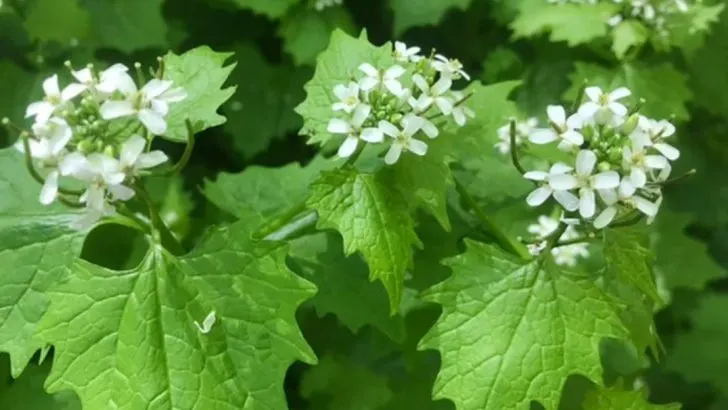They may look harmless—or even beautiful—but some plants are quietly wreaking havoc on your yard and the native ecosystem. These invasive species spread aggressively, outcompete local flora, and can be incredibly difficult to control once established. Whether you’re in the city, suburbs, or countryside, it’s essential to recognize the warning signs early.
This list of 14 invasive plants includes well-known culprits as well as a few sneaky offenders that often go unnoticed. If you spot any of them, act fast: removing them early can save you a lot of trouble later—and help protect local wildlife and native plant life that depend on balance to thrive.
Japanese Knotweed
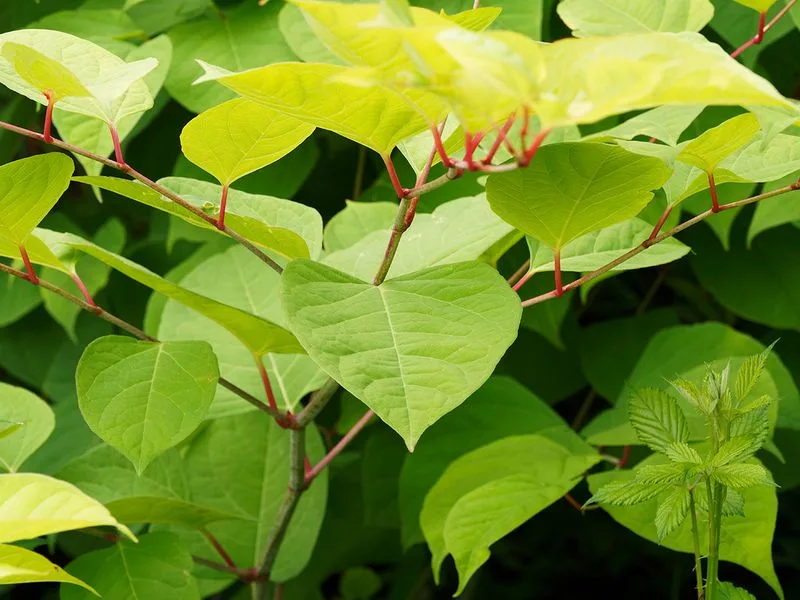
Bursting with vitality, Japanese Knotweed is the Houdini of the plant world, escaping confinement and spreading rapidly. Originally from East Asia, it’s notorious for its ability to grow through concrete and even buildings. Imagine a plant so robust that it can crack through pavements. Its bamboo-like stems and lush green leaves might seem attractive, but don’t be deceived. This intruder’s rapid growth can overshadow native plants, starving them of light and nutrients. Cut it back carefully and consistently to prevent regrowth—it’s a battle worth fighting to reclaim your space.
Purple Loosestrife
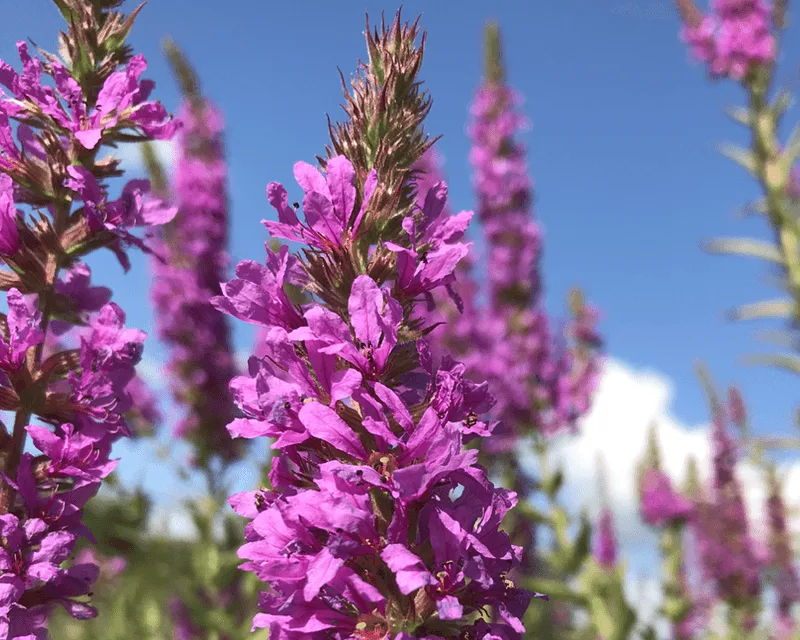
The striking spikes of Purple Loosestrife might catch your eye, but this beauty is best admired from a distance. Known for its vibrant purple flowers, it thrives in wetlands, where it chokes out native flora. As it takes over, it disrupts habitats, affecting wildlife like frogs and waterfowl. Its deceptive charm masks its ability to spread rapidly through waterways. To curb its spread, remove the plant by the roots before it seeds. With diligence, you can restore the natural beauty of your wetland areas and support the local ecosystem.
Garlic Mustard
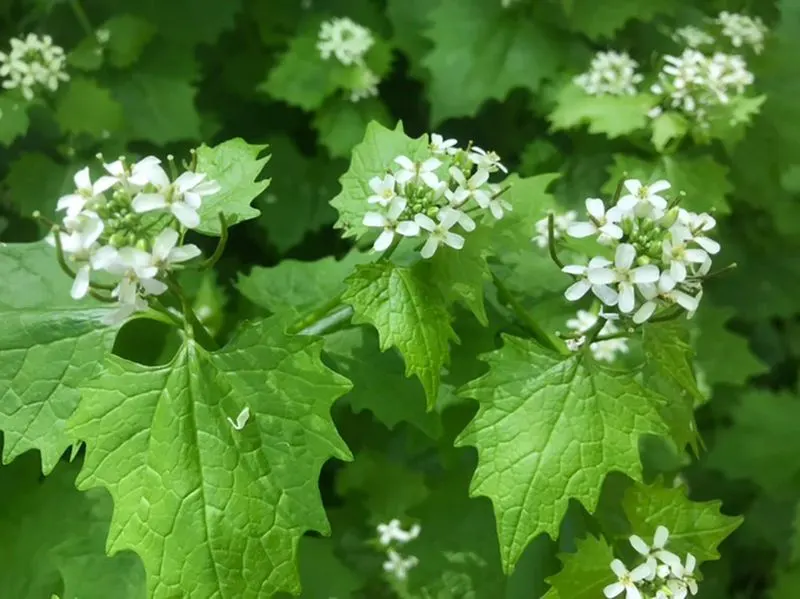
Garlic Mustard may sound like a culinary delight, but in your garden, it’s an unwelcome guest. This biennial plant releases chemicals that hinder the growth of nearby native species. Its heart-shaped leaves and tiny white flowers make it easy to spot. Don’t let its dainty appearance fool you; it spreads aggressively in woodlands. Pulling it up by the roots and bagging it securely is crucial to prevent its seeds from scattering. Keep an eye out for this invader to maintain the natural balance of your garden or forested areas.
English Ivy
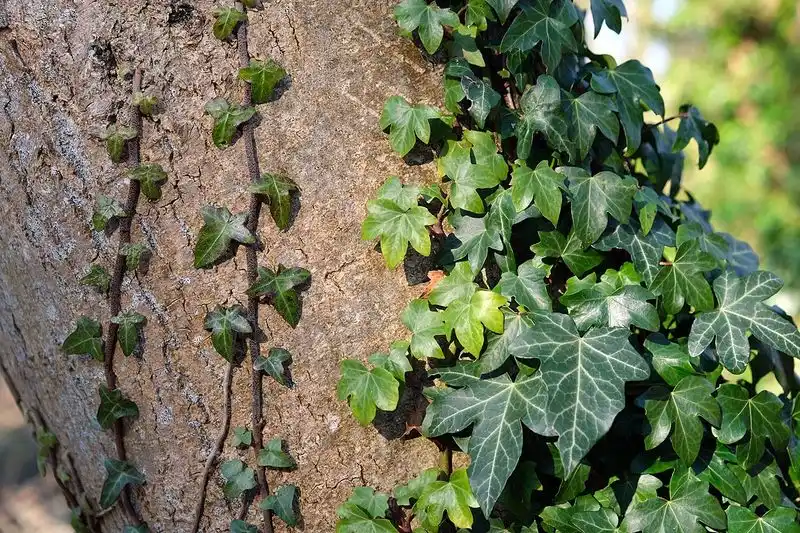
English Ivy is the quintessential climber, often seen adding charm to old buildings. However, beneath its elegant facade lies a conqueror that suffocates trees and structures alike. Its dense foliage blocks sunlight, depriving plants of essential nutrients. This evergreen perennial clings to surfaces with aerial roots, making it hard to remove. It’s vital to sever the vines at the base and carefully peel them away to prevent regrowth. If left unchecked, English Ivy will transform your garden into its personal stage, overshadowing native flora.
Kudzu
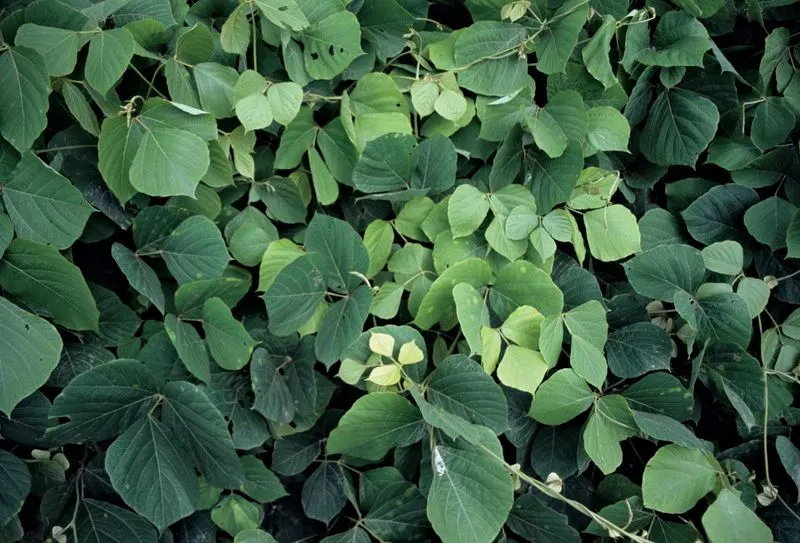
Kudzu, often referred to as “the vine that ate the South,” is infamous for its rapid spread. Originating from Japan, it was introduced to control erosion but quickly became a problem. Its vines can grow up to a foot a day, enveloping entire landscapes in a sea of green. This vigorous growth smothers native vegetation, cutting off light and resources. To manage Kudzu, persistent cutting and herbicide application are necessary. Without intervention, this vine will continue its relentless march, transforming diverse ecosystems into monotonous green deserts.
Common Buckthorn
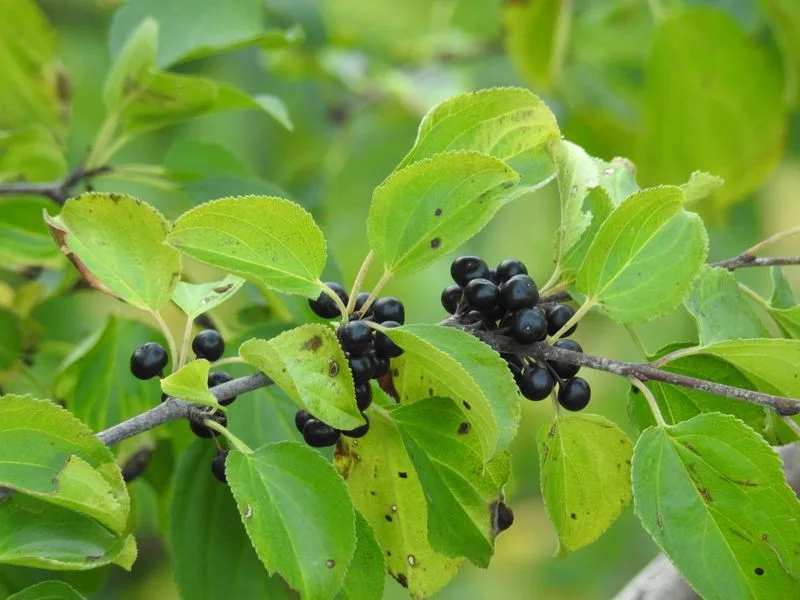
Common Buckthorn is a wolf in sheep’s clothing, with its glossy leaves and dark berries offering an air of elegance. Yet, it’s a notorious invader, outcompeting native plants through its dense thickets. Originally from Europe, this shrub alters soil chemistry, which further hampers local plant growth. Removing Buckthorn requires cutting down the plant and treating the stumps with herbicides to prevent regrowth. It’s a challenging task, but essential to maintain biodiversity and encourage the return of native species to your landscapes.
Autumn Olive
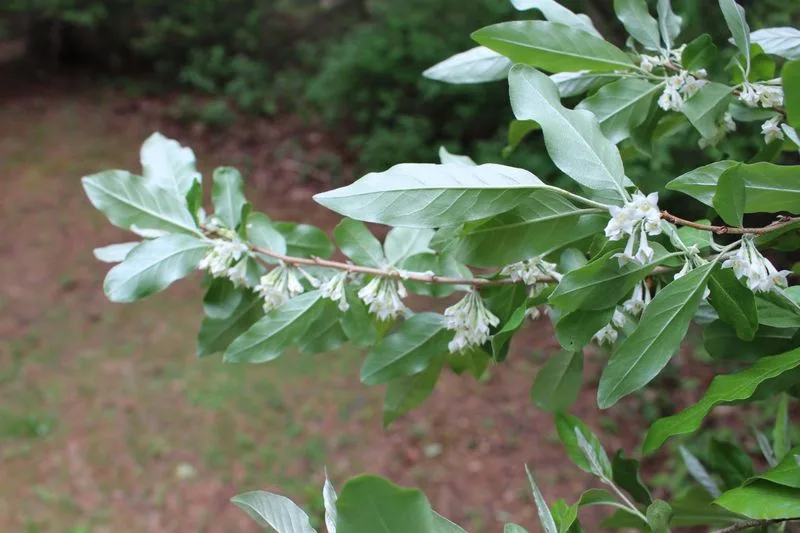
Autumn Olive might sound poetic, but its presence is anything but serene. Recognizable by its silvery leaves and clusters of red berries, this shrub spreads along roadsides and open fields. It fixes nitrogen in the soil, altering nutrient cycles and giving it a competitive edge over native plants. Birds are attracted to its berries, aiding its spread far and wide. Controlling Autumn Olive involves cutting back the shrubs and applying herbicides. Taking action against this invader helps restore the natural order and supports native biodiversity.
Multiflora Rose
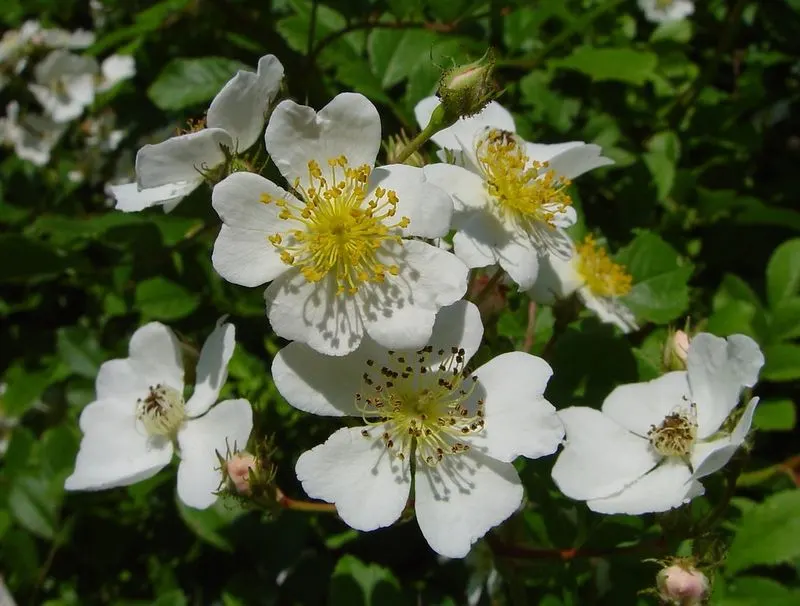
The Multiflora Rose, with its arching canes and fragrant white flowers, might seem like a gardener’s dream. However, this rambunctious rose is an aggressive invader. Originally introduced for erosion control and decorative purposes, it now forms impenetrable thickets that crowd out native plants. Its seeds are widely dispersed by birds, spreading the problem. Removing Multiflora Rose requires cutting the canes and applying herbicides to the stumps. By managing this thorny issue, you can reclaim your garden and provide space for native flora and fauna to thrive.
Giant Hogweed
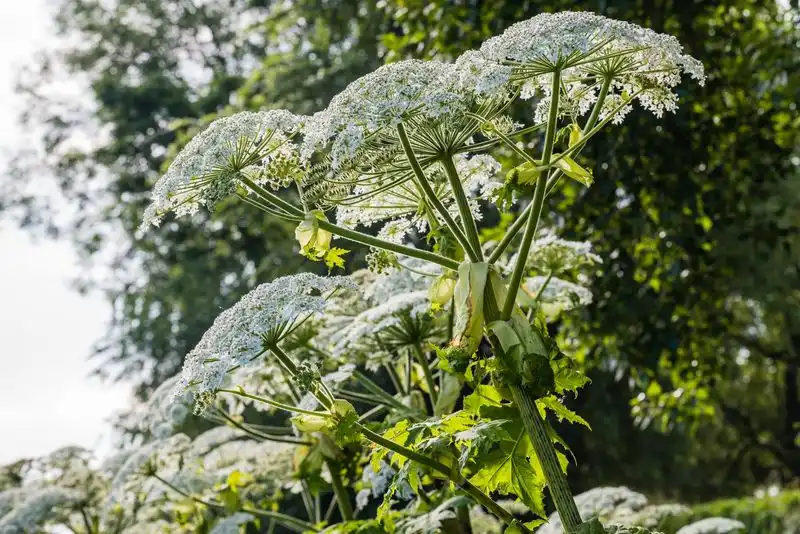
Giant Hogweed commands attention with its towering height and umbrella-like clusters of flowers. However, this giant is more than just a pretty face. Its sap is phototoxic, causing severe skin irritations when exposed to sunlight. Originally from Asia, it poses a risk to both humans and ecosystems. Wearing protective clothing is crucial when removing it. Cutting the plant before it seeds and applying herbicides to the root can help control its spread. Addressing Giant Hogweed is essential for safety and to preserve the natural beauty of your surroundings.
Tree of Heaven
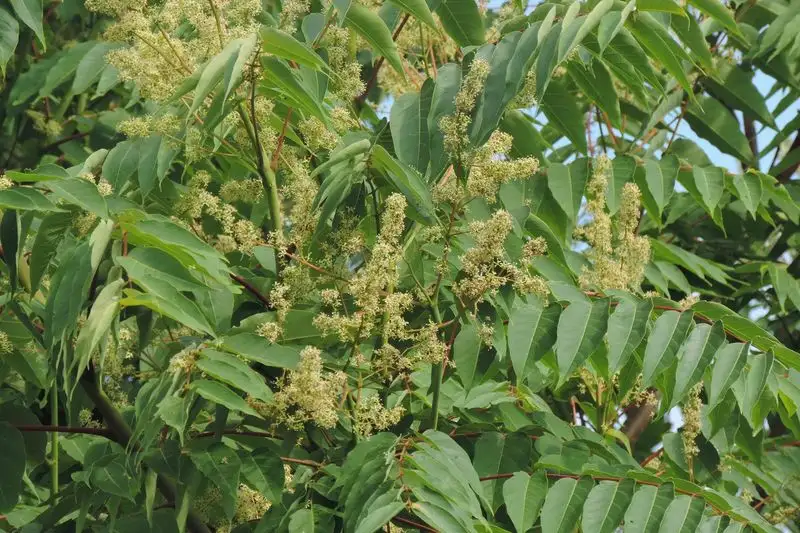
Ailanthus Altissima, or Tree of Heaven, might evoke celestial imagery, but its reality is far from divine. Known for its rapid growth and ability to sprout from any part of the plant, it dominates urban and rural landscapes. Its allelopathic properties inhibit the growth of surrounding plants, making it a formidable adversary. Removing this tree involves cutting and applying herbicides to the stump. Persistence is key, as its resilience is notable. Eliminating Tree of Heaven helps reclaim space for more beneficial and native trees to flourish.
Yellow Starthistle
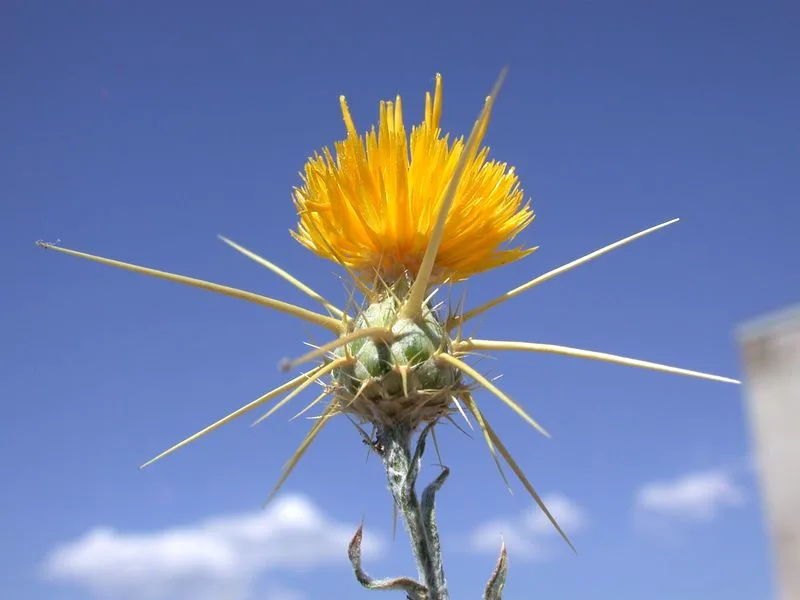
The spiky persona of Yellow Starthistle makes it a formidable foe for landowners. With its bright yellow flowers and thorny appearance, it’s a hardy invader that thrives in disturbed areas. Not only does it outcompete native plants, but it’s also toxic to horses. Identifying and removing this plant early is vital to prevent its spread. Regular mowing and herbicide treatments can control YST populations. By taking swift action, you protect both your land’s natural diversity and the health of animals that may come into contact with this thorny pest.
Mile-a-Minute Vine
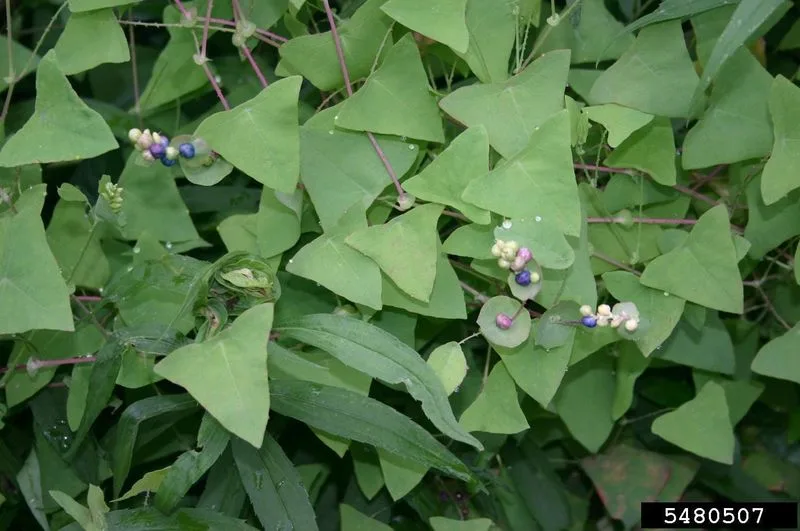
Don’t let the whimsical name fool you; Mile-a-Minute Vine is a fierce competitor in the garden. With its rapid growth rate, it quickly covers shrubs and trees, creating a dense mat that blocks sunlight. Its triangular leaves and blue berries are distinctive and easy to spot. Originally from Asia, it has taken root in North America, spreading quickly through its barbed stems. Managing this invader involves pulling it up by the roots and ensuring no seeds are left behind. Vigilance is essential to keep your garden free from this speedy colonizer.
Canada Thistle
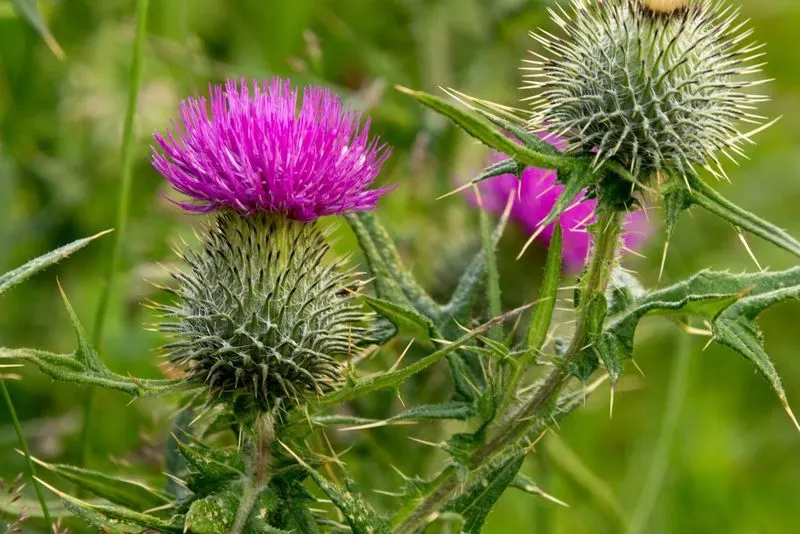
Canada Thistle, with its spiny leaves and cheerful purple flowers, might seem harmless, but looks can be deceiving. This perennial weed spreads through extensive root systems, making it tough to eradicate. Its presence diminishes the land’s value and utility, especially in agricultural settings. Cutting the plants before they bloom and applying systemic herbicides can help manage its spread. Consistency is crucial, as this thistle is remarkably resilient. By tackling Canada Thistle, you support the vitality of your land and the productivity of your fields.
Brazilian Pepper Tree
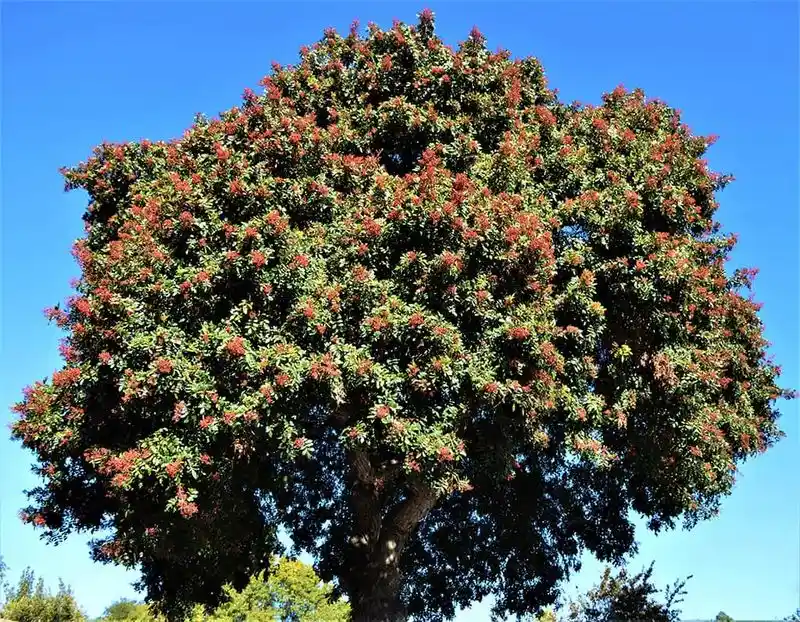
The Brazilian Pepper Tree’s glossy leaves and vibrant red berries might bring a tropical vibe, but it’s an invader at heart. Thriving in warm climates, it outcompetes native plants and forms dense thickets. Its berries are spread by birds, allowing it to colonize new areas rapidly. Removing this tree requires cutting and applying herbicides to prevent regrowth. It’s a challenging task, but essential to protect native biodiversity and maintain ecological balance. Addressing the Brazilian Pepper Tree helps conserve the unique character and health of your landscape.

